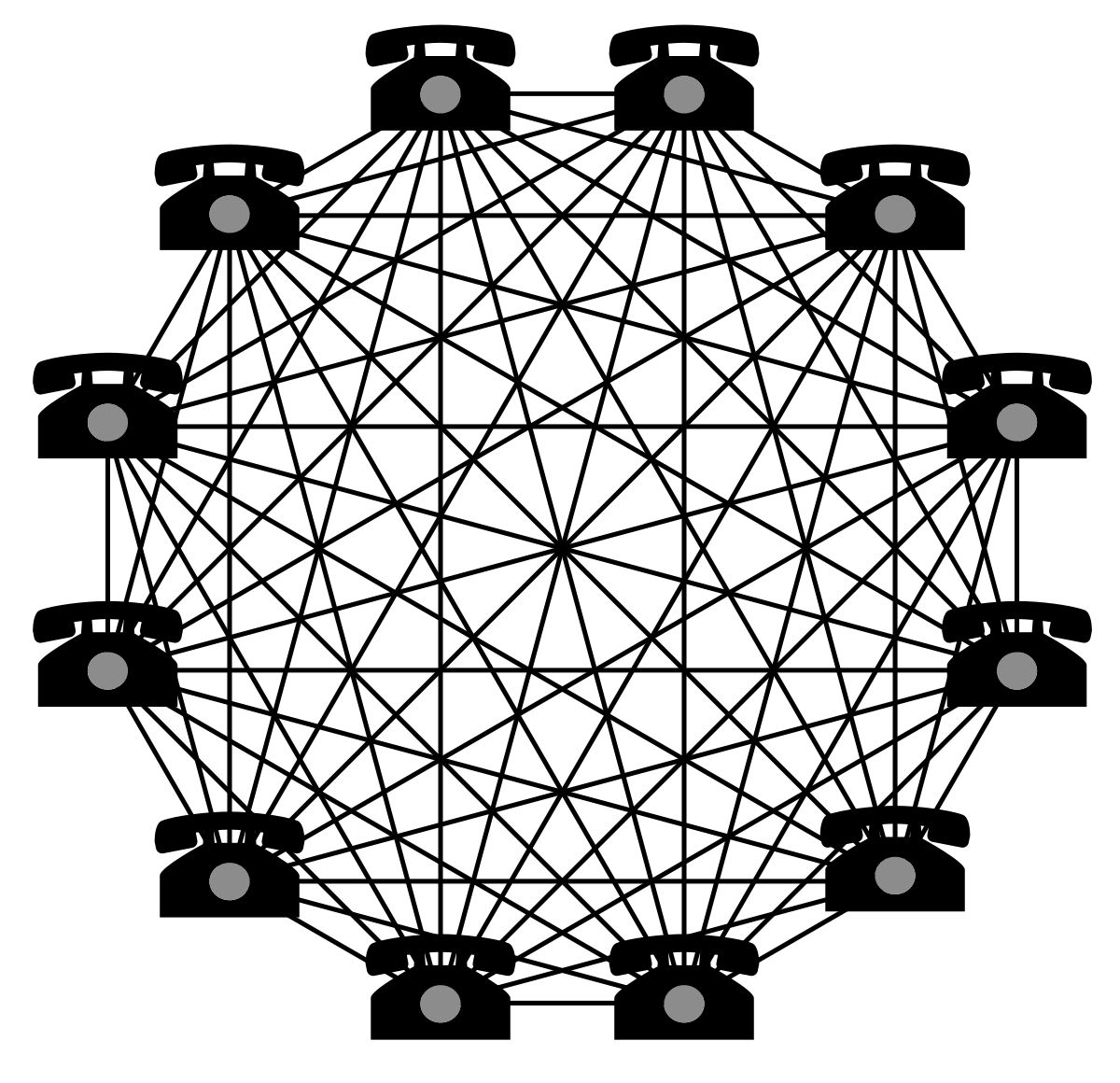Introduction
The Network Effects mental model revolves around the idea that the value and utility of a product, service, or decision increase as more individuals adopt or participate in it. This concept plays a significant role in decision-making processes, shaping our choices and influencing outcomes. Anchored in human psychology, Network Effects are prevalent in our daily lives, impacting personal decisions, business strategies, and even public policy-making. Understanding this mental model is key to making informed decisions that align with our best interests.
The Relevance of Network Effects in Decision-Making
Network Effects have a profound impact on decision-making as they tap into our innate social nature and desire for connection and belonging. When a decision or action is accompanied by positive network effects, it tends to become more attractive and appealing. This model recognizes the power of collective adoption and participation, which can amplify the benefits and advantages of a particular choice. Network Effects influence our decisions by creating a sense of social proof, enhancing accessibility, and promoting network growth.
Occurrences of Network Effects
- Personal Life Decisions: Social media platforms provide a prime example of Network Effects in personal life decisions. Users are drawn to platforms that have a large user base and active engagement, as this enhances the social experience, increases the potential for meaningful connections, and offers a wider range of opportunities. People may choose a particular platform solely because their friends and acquaintances are already on it, thereby reinforcing the network effects and perpetuating the cycle of adoption.
- Business Scenarios: In business, the success of platforms like Uber, Airbnb, or social networking sites can be attributed to the positive network effects they generate. As more users join these platforms, the value of their services increases, attracting more participants, and creating a virtuous cycle. However, falling prey to network effects can lead to irrational decision-making, such as investing heavily in a platform solely based on its network effects, without considering other critical factors like sustainability or competitive dynamics.
- Public Policy-Making: Network Effects also play a role in public policy-making. For instance, in transportation planning, the decision to invest in a particular mode of transportation, such as building new roads or expanding public transit, can be influenced by the existing network effects. If a certain mode of transportation has a strong network of users and infrastructure, decision-makers may lean towards reinforcing that network rather than considering alternative approaches that might be more efficient or sustainable.
Mental Biases and Psychological Underpinnings
Several mental biases contribute to the influence of Network Effects:
- Bandwagon Effect: The Bandwagon Effect bias leads individuals to adopt behaviors or choices simply because others are doing the same. In the context of Network Effects, the bandwagon effect can drive irrational decision-making, where individuals join or invest in a network solely due to its popularity rather than assessing its actual value or long-term sustainability.
- Confirmation Bias: Confirmation bias causes individuals to seek out information that confirms their existing beliefs or choices. In the context of Network Effects, this bias can lead to a reinforcement of the decision to participate in a particular network, even when contradictory evidence suggests alternative options may be more suitable.
- Anchoring Bias: Anchoring bias refers to the tendency to rely heavily on initial information when making decisions. In the context of Network Effects, individuals may anchor their decisions based on the size, reach, or prominence of a network, without fully considering other important factors.
Identifying and Avoiding the Network Effects Fallacy
To avoid succumbing to the fallacy of Network Effects, individuals can adopt the following strategies:
- Evaluate Intrinsic Value: Assess the intrinsic value of a decision or choice, independent of its network effects. Consider factors such as quality, reliability, long-term sustainability, and personal relevance to ensure that the decision aligns with individual goals and interests.
- Conduct Comprehensive Research: Gather information from diverse sources, including alternative options or competitors, to gain a holistic understanding of the decision at hand. Avoid relying solely on network effects as a basis for decision-making.
- Seek Dissenting Opinions: Actively seek out dissenting opinions and alternative perspectives to challenge the allure of network effects. Engaging with diverse viewpoints helps to avoid the echo chamber effect and encourages critical thinking.
- Monitor for Changing Circumstances: Regularly reassess decisions to account for changing circumstances or new information. Network effects can evolve over time, and what may have seemed advantageous initially may no longer hold true.
Conclusion
Network Effects, deeply rooted in human psychology, significantly influence decision-making in personal, business, and public policy contexts. By understanding the power and limitations of Network Effects and being aware of associated biases, individuals can make more informed decisions. Identifying the fallacy of Network Effects requires a conscious effort to evaluate intrinsic value, conduct thorough research, seek dissenting opinions, and adapt to changing circumstances. Awareness and active avoidance of the network effects trap enable individuals to navigate decision-making processes with greater clarity and objectivity, ultimately leading to more favorable outcomes.
